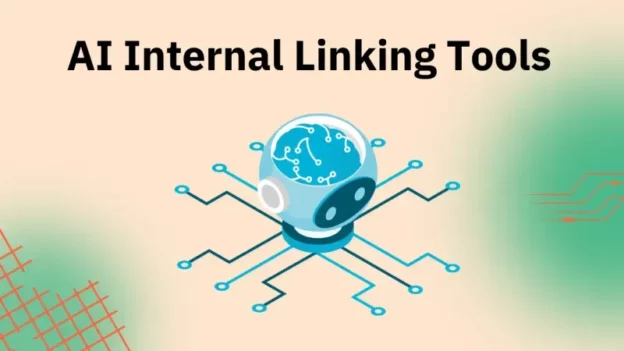Internal linking is one of the most important SEO strategies for WordPress websites. It helps search engines understand your site structure, distributes link equity, and improves user navigation. However, doing it manually can be time-consuming—especially for large blogs or e-commerce sites.
This is where an AI-powered internal linking plugin comes in. It automates the process of suggesting and inserting relevant internal links using artificial intelligence, saving time while boosting SEO performance.
Contents
- 1 Why Internal Linking Matters for SEO
- 2 What is an AI Internal Linking Plugin?
- 3 Best AI Internal Linking Plugins for WordPress
- 4 Step 1: Install and Configure an AI Linking Plugin
- 5 Step 2: Automate Internal Linking
- 6 Step 3: Monitor and Optimize Links
- 7 Benefits of Using AI for Internal Linking
- 8 FAQ
- 9 Related Posts
Why Internal Linking Matters for SEO
-
🔎 Improves Crawlability – Google can index content more efficiently.
-
⚡ Boosts Rankings – Spreads PageRank across important pages.
-
👨💻 Enhances User Experience – Keeps visitors engaged with related content.
-
📈 Increases Conversions – Guides users to product or service pages.
What is an AI Internal Linking Plugin?
Unlike traditional plugins that rely on fixed keywords, AI-based tools use natural language processing (NLP) and machine learning to:
-
Analyze your existing content.
-
Suggest the most relevant internal links.
-
Automate link insertion with context awareness.
-
Optimize anchor text naturally for SEO.
This means fewer repetitive tasks and more strategic, intelligent linking.
Best AI Internal Linking Plugins for WordPress
Here are some popular options:
-
Link Whisper
-
AI-powered internal linking suggestions.
-
Smart anchor text recommendations.
-
Bulk link editing and reporting.
-
-
Rank Math (Pro)
-
Includes AI-based internal linking suggestions.
-
Integrates with SEO analysis features.
-
-
Yoast SEO Premium
-
Provides internal linking suggestions inside the WordPress editor.
-
Uses content analysis to find related posts.
-
-
Autolinks Manager
-
AI-assisted keyword-to-link automation.
-
Useful for affiliate and content-heavy sites.
-
Step 1: Install and Configure an AI Linking Plugin
Example with Link Whisper:
-
Install and activate the plugin.
-
Go to Link Whisper → Settings.
-
Choose your linking preferences (post types, categories).
-
Start a scan of your WordPress content.
-
Review suggested links and approve/reject as needed.
Step 2: Automate Internal Linking
-
Use AI to automatically link related blog posts.
-
Set rules for target anchor texts (e.g., “WordPress hosting” → hosting page).
-
Enable auto-linking for new content, so every fresh post gets connected immediately.
Step 3: Monitor and Optimize Links
-
Check reports for orphan pages (posts without links).
-
Update anchor text diversity to avoid over-optimization.
-
Refresh links when new relevant articles are published.
Benefits of Using AI for Internal Linking
-
🚀 Time-Saving – No more manual searching for related posts.
-
🧠 Smarter Context – AI finds semantically relevant connections.
-
📊 Data-Driven SEO – Reports highlight weak spots in your link structure.
-
🔄 Continuous Optimization – Automatically adapts as your site grows.
FAQ
1. Is AI internal linking safe for SEO?
Yes, as long as you review suggestions and avoid keyword stuffing.
2. Can I control which links get added?
Yes, most plugins allow manual approval or automatic linking with rules.
3. Which plugin is best for large WordPress blogs?
Link Whisper is highly recommended for large sites with hundreds of posts.
4. Does AI internal linking work with WooCommerce?
Yes, it can suggest links between products, categories, and blog posts.
5. Will it replace manual internal linking?
No, but it automates 80% of the work, leaving you to refine strategy.
